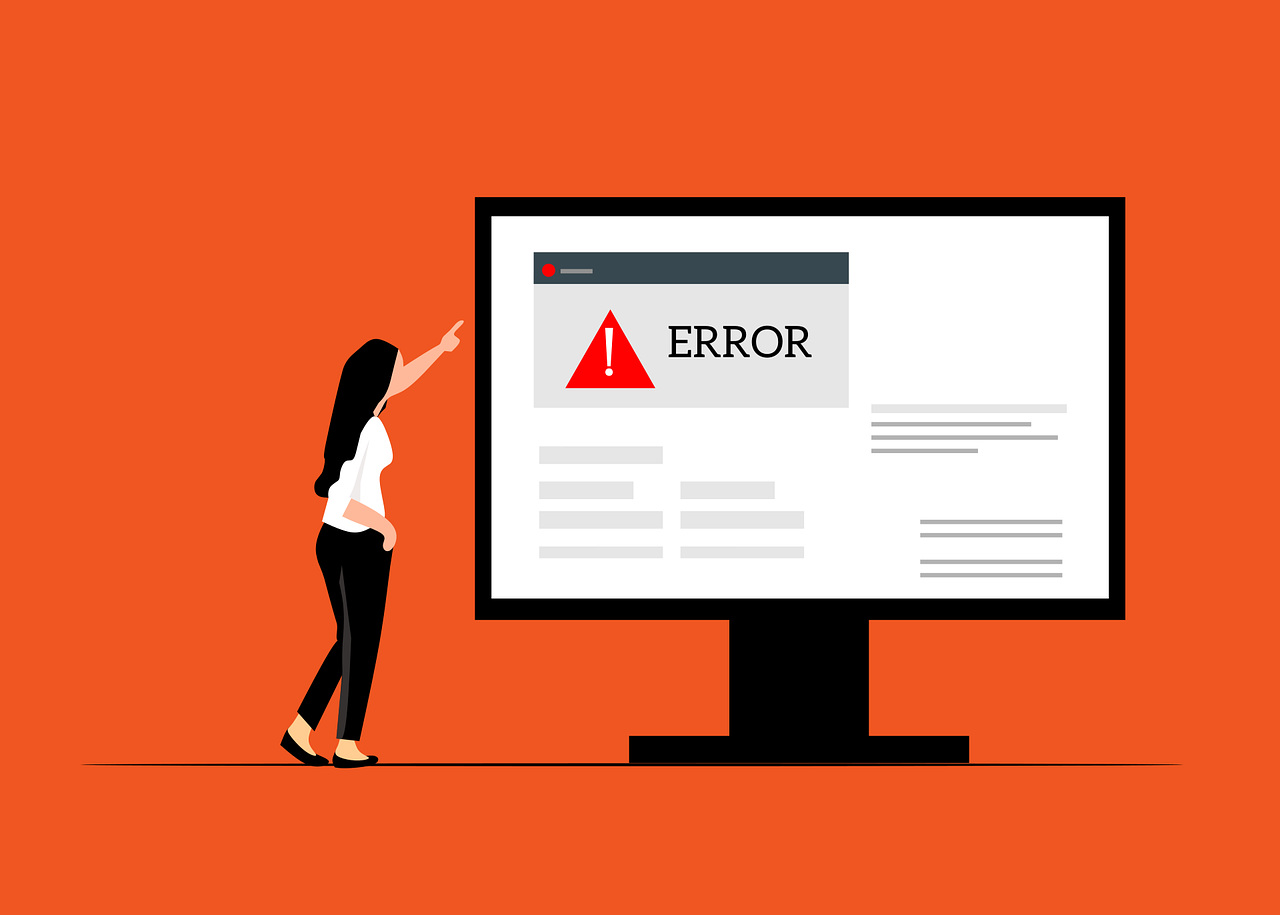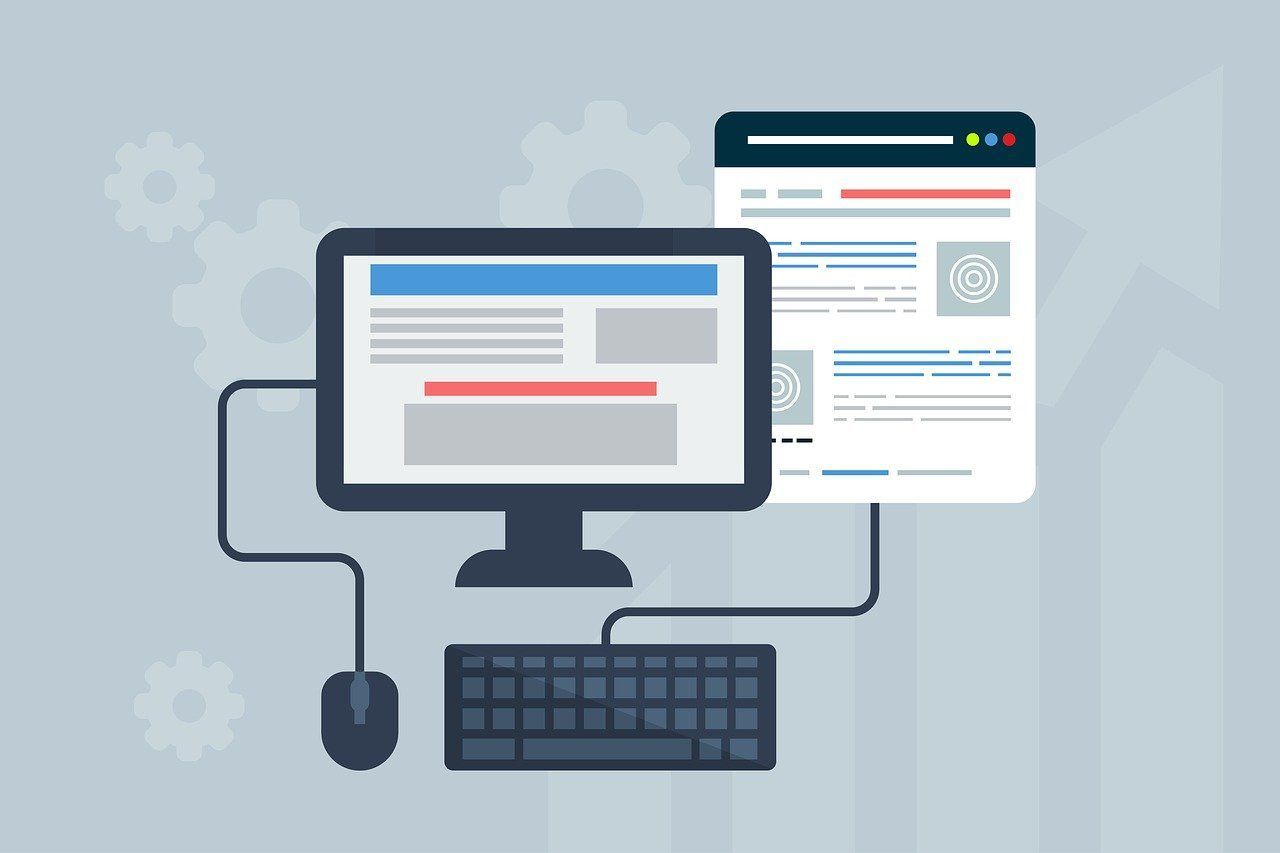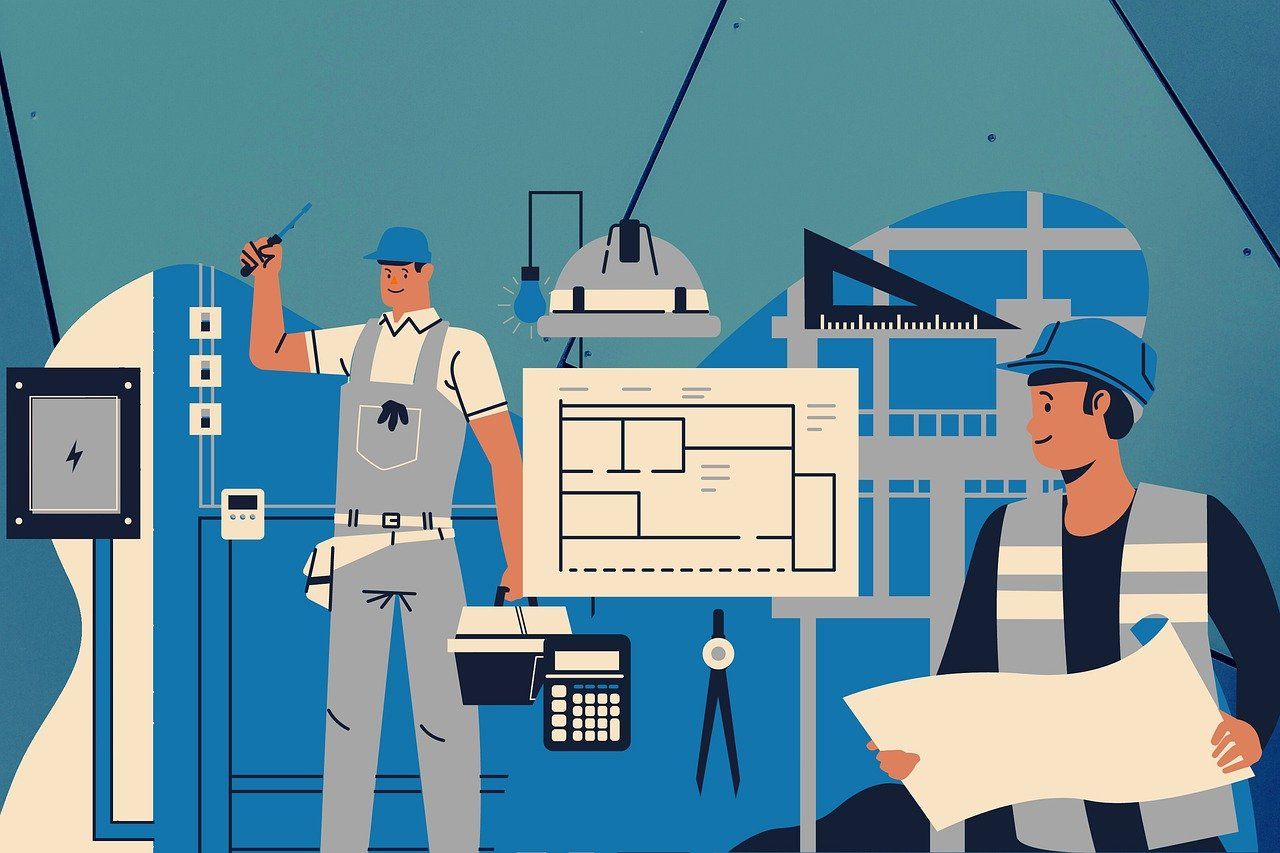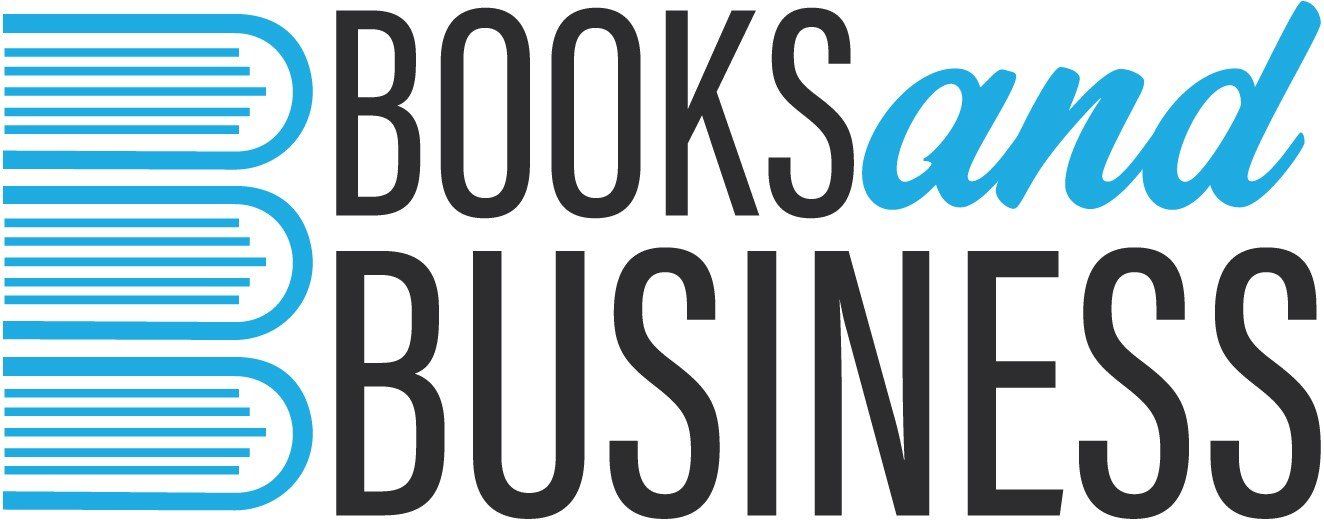HALTED!! HMRC Services changes from April 24
19 March 2024
HMRC have made a further announcement following our previous post, stating that the changes only announced yesterday regarding their phone line services are being halted, the lines will now remain open from April - September. The original planned changes are listed in our blog below:
HMRC have today announced the trialled changes to their Self Assessment, PAYE and VAT services will be made permanent.
Rather than picking up the phone, HMRC continue to encourage all customers to go online to get help. Stating queries and transactions can all be dealt with via their online services including their app.
Here are the changes that go live from the 8th April 2024:
- The Self Assessment helpline will be closed between April and September. Customers will be directed to self-serve via HMRC’s online services
- The Self Assessment helpline will reopen between October and March but only to deal with priority queries – customers with queries that can be quickly and easily resolved online will again be directed to HMRC’s online services
- The VAT helpline will be open for 5 days every month ahead of the deadline for filing VAT returns (one calendar month and seven days after the end of the accounting period) – outside of this time, customers will be directed to use HMRC’s online services
- The PAYE helpline will no longer take calls from customers relating to refunds – customers will be directed to use HMRC’s online services
- For those who need extra support for health or personal circumstances or those who cannot access online services, HMRC advisers will continue to always be available during normal office hours.
- All other helplines will continue to operate as they do currently.




